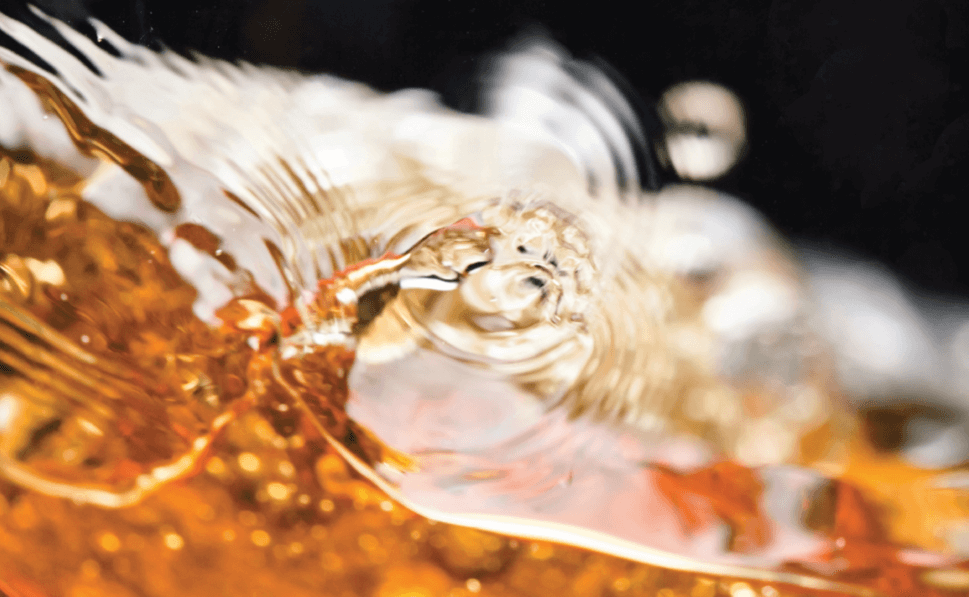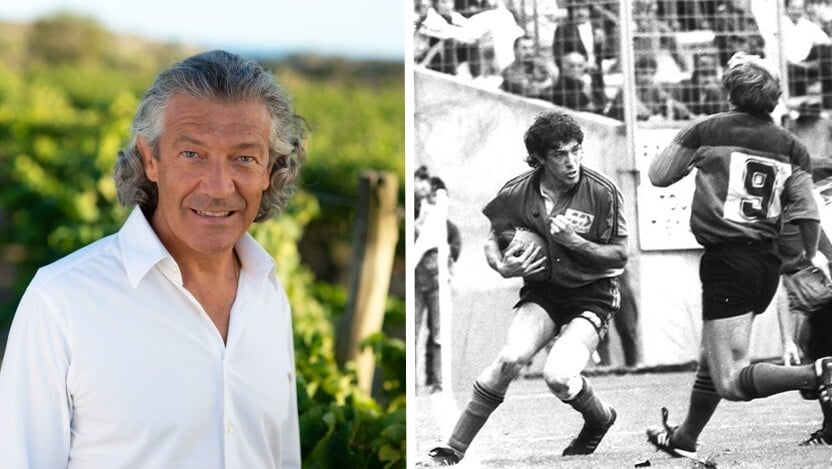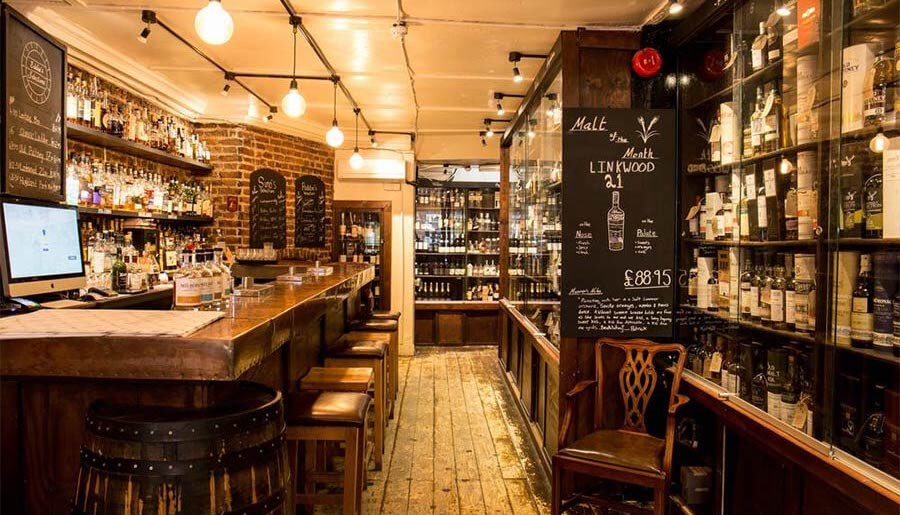

Let’s start by making one thing clear – Armagnac is not new. True, it is currently on its way to being trendy or maybe even fashionable, but the region and the juice is ancient with 700 years of history behind it. This makes it likely the oldest distilled spirit in Europe (I may be upsetting my friends in the Whisky trade but it is what it is).
We wrote on this subject last month so I won’t harp on about the origins of this amber nectar, but what is very important is to remember that Armagnac, despite its association with its more famous compatriot, Cognac, is its own beast entirely. Savoury and spicy with notes of forest floor as a distinctive characteristic, it is less polished but offers a lot of character.
In the drinks world we are always on the look-out for the next big thing. For a while it was Fernet-Branca then it was Cachaca swooping in to replace standard rum. I recall no too long ago how Tequila seemed to move aside in favour of the smokier, more rustic Mezcal. If the trend is to seek out the earthier, more ‘authentic’ feel then it may well be that Armagnac’s time has come.
It seems that many around the world agree, with large scale investments of both capital and effort flowing into the region and more and more modern techniques being applied to take a spirit once neglected into the modern age. We’ve seen two labels emerge onto the scene in the form of the single estate of Chateau de Hontambere alongside boutique bottler Rare Armagnac Collection. Both bring different perspectives, with one celebrating the potential of the proprietary vineyards and the other offering glimpses into the potential of the region as a whole.
While many drinkers are discovering the virtues of the spirit as a very fine stand-alone spirit, it is increasingly finding its way into the arsenal of mixologists. For those who appreciate a drier, more savoury substitute for Cognac or even rum, it brings its earthy, sous-bois flavours into the mix and contributes to a highly aromatic cocktail. The classic cocktail using this salubrious spirit is of course the Gascon Sidecar. This drink pairs the spiciness of the Armagnac with the fruity sweetness and zest of Cointreau and lemon.
One of my favourite uses for Armagnac in a cocktail is as a compliment or substitute for whisky. To this end I offer a personal twist on the Old Fashioned (combined with elements of the ever fashionable Sazerac). Not only is it a delicious, satisfying drink in its own right, but it amplifies the natural earthy flavour of the ingredients to make for a perfect winter warmer ideal for the season at hand.
Ingredients
1. Chateau Hontambere Armagnac VSOP
2. Blended Scotch whisky
3. Green Chartreuse
4. Maraschino Cherry Juice
5. Mandarin wedges
6. Mandarin peel and cherry to garnish
Method
In a tumbler, juice two mandarin wedges and add a teaspoon of maraschino cherry juice to create a base mixture. Add ice and stir to chill the base mixture, before adding equal parts (25ml) whisky and Armagnac. Add two dashes of Angostura Lemon Bitters. Add a half measure of Chartreuse and garnish with cherry and mandarin peel and serve
If you’re feeling adventurous, you can torch the peel. It adds a nice smoky aroma emerging from the glass. I like Compass Box’s Oak Cross for mixing but feel free to use your favourite, though avoid an overtly peated blend or malt – There will be plenty of flavour as it is and the peat phenols confuse things a bit. Also, if you can get a hold of a spherical ice mould it makes for a slower melt and less dilution of the flavour.
This is just a single suggestion of one of the many uses of this versatile spirit. The best cocktail bars and mixologists will know how to use Armagnac to its fullest potential. Give it a try and it is sure to be a rewarding experience.






















